COIT12208 - Bike Share Australia: Project Planning and Scheduling
VerifiedAdded on 2023/06/11
|9
|721
|384
Case Study
AI Summary
This case study solution focuses on the Bike Share Australia project, addressing key aspects of project management including schedule development, resource allocation, and risk assessment. The project plan was developed using an iterative model, focusing on bike development and deployment across Sydney, Melbourne, and Brisbane. The solution details the initial project schedule, resource costs, and duration, highlighting areas of resource overallocation and strategies for leveling. It also examines methods for shortening the project timeline by adjusting critical activities and adding resources. Furthermore, the solution addresses potential risks, such as flight delays and mobile interface errors, and includes revisions to the project plan based on sprint changes, detailing the impact on project duration and cost. The document also includes a memo summarizing project details and a bibliography referencing relevant academic literature. Desklib provides this document as a resource for students.
1 out of 9
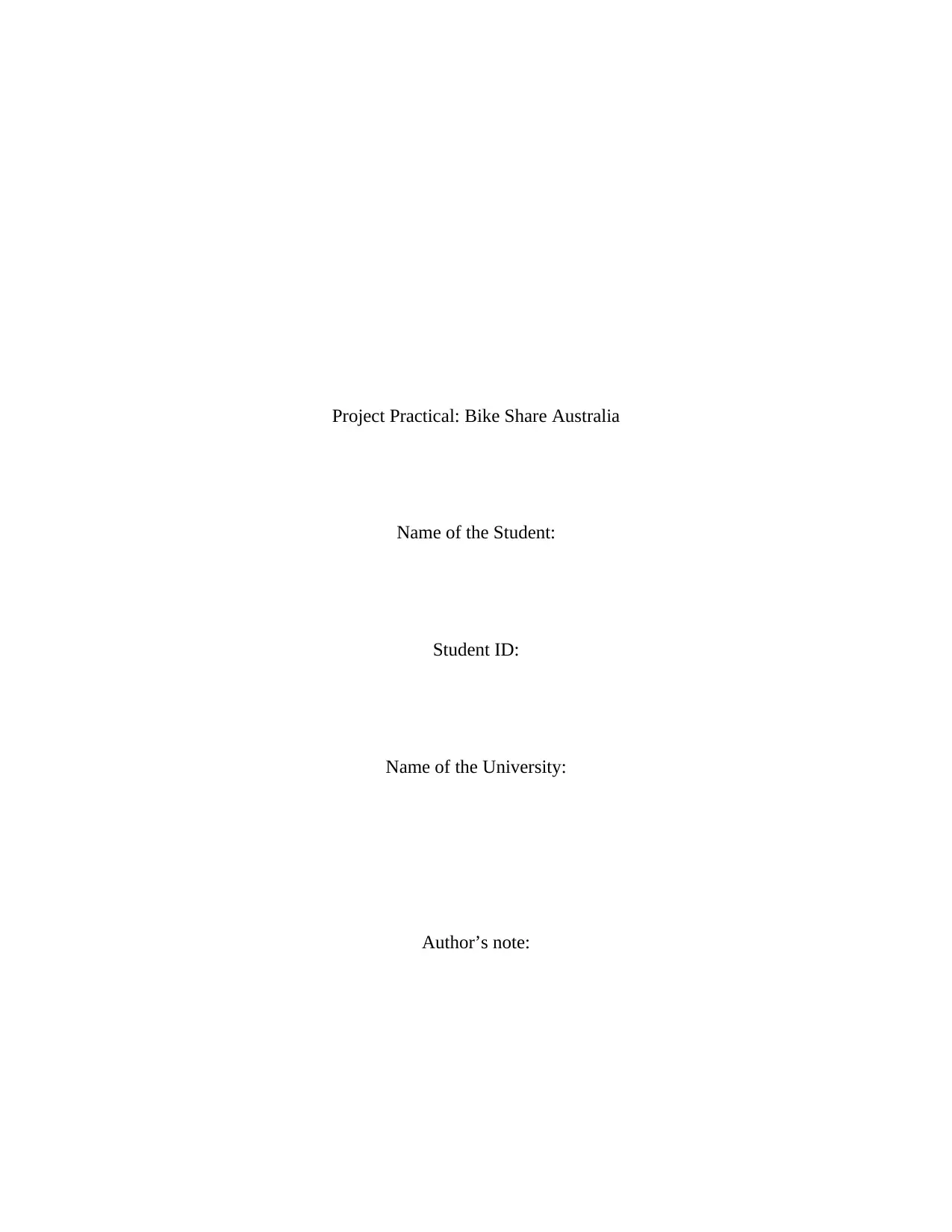
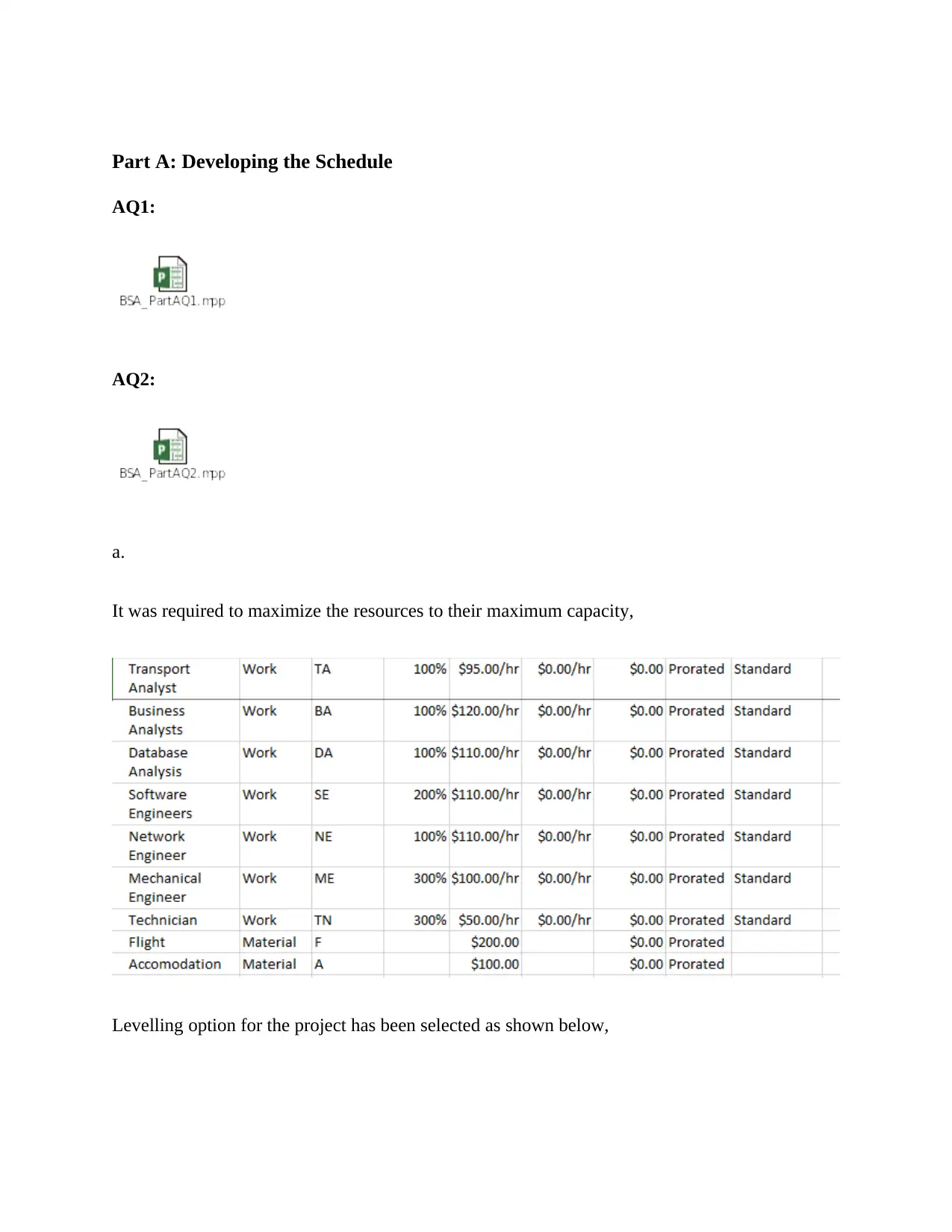
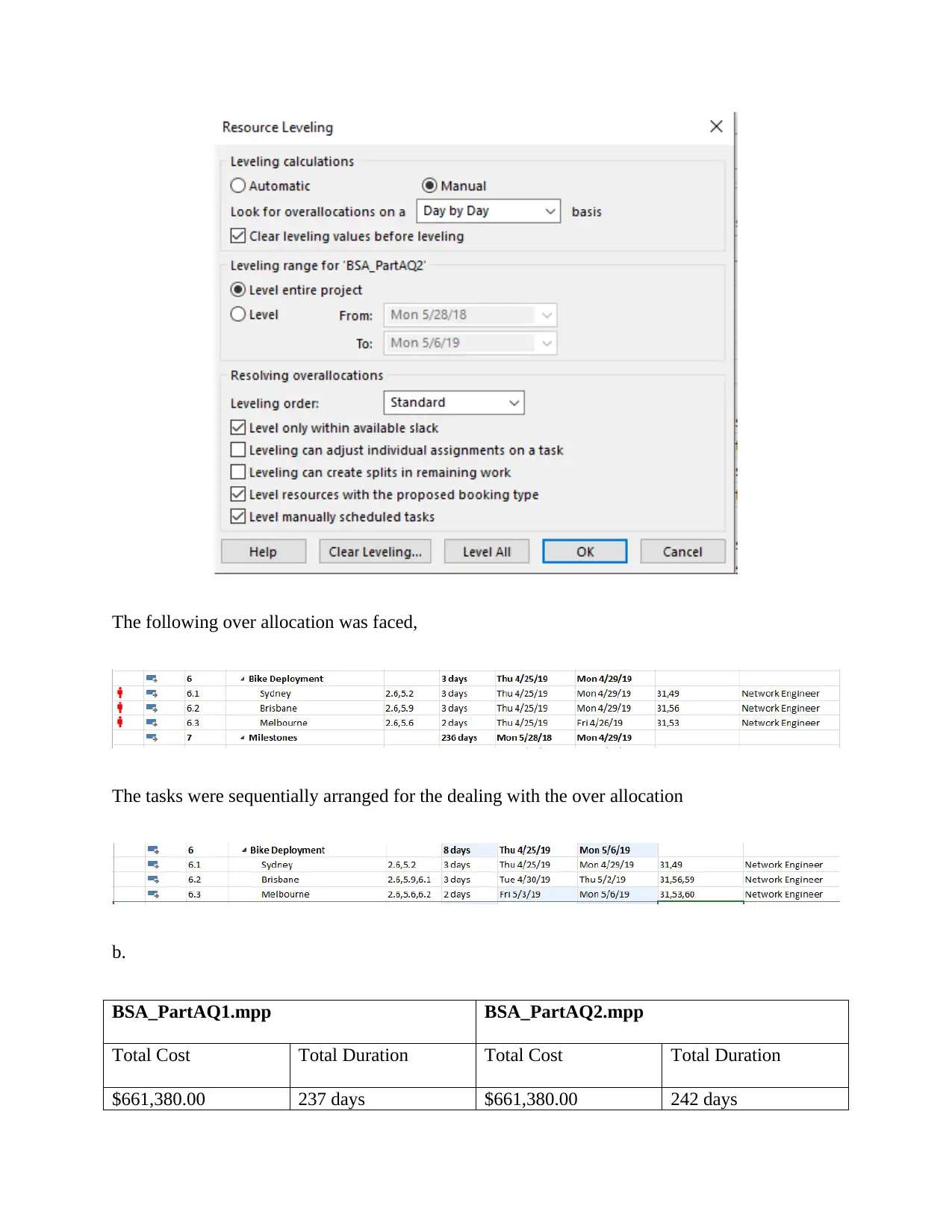

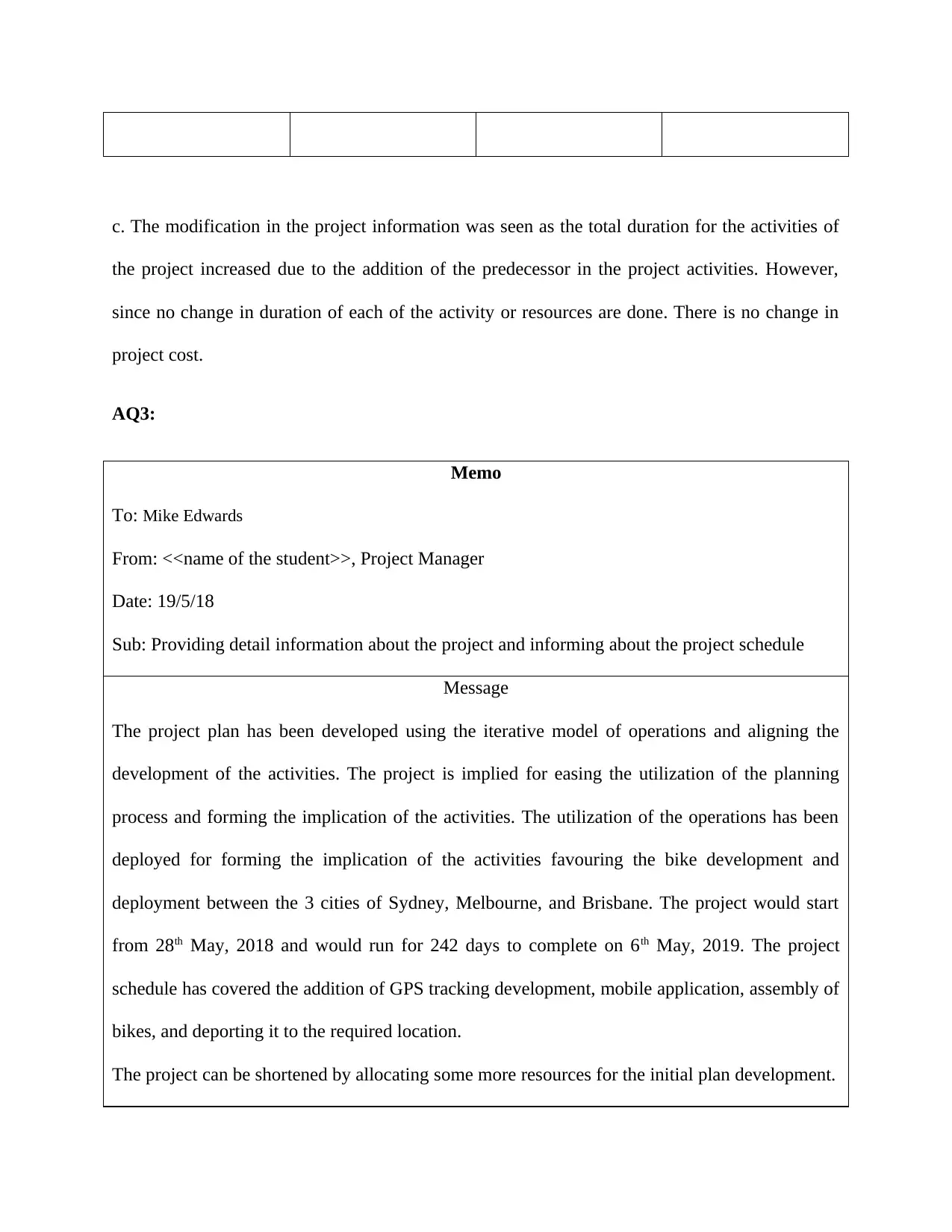
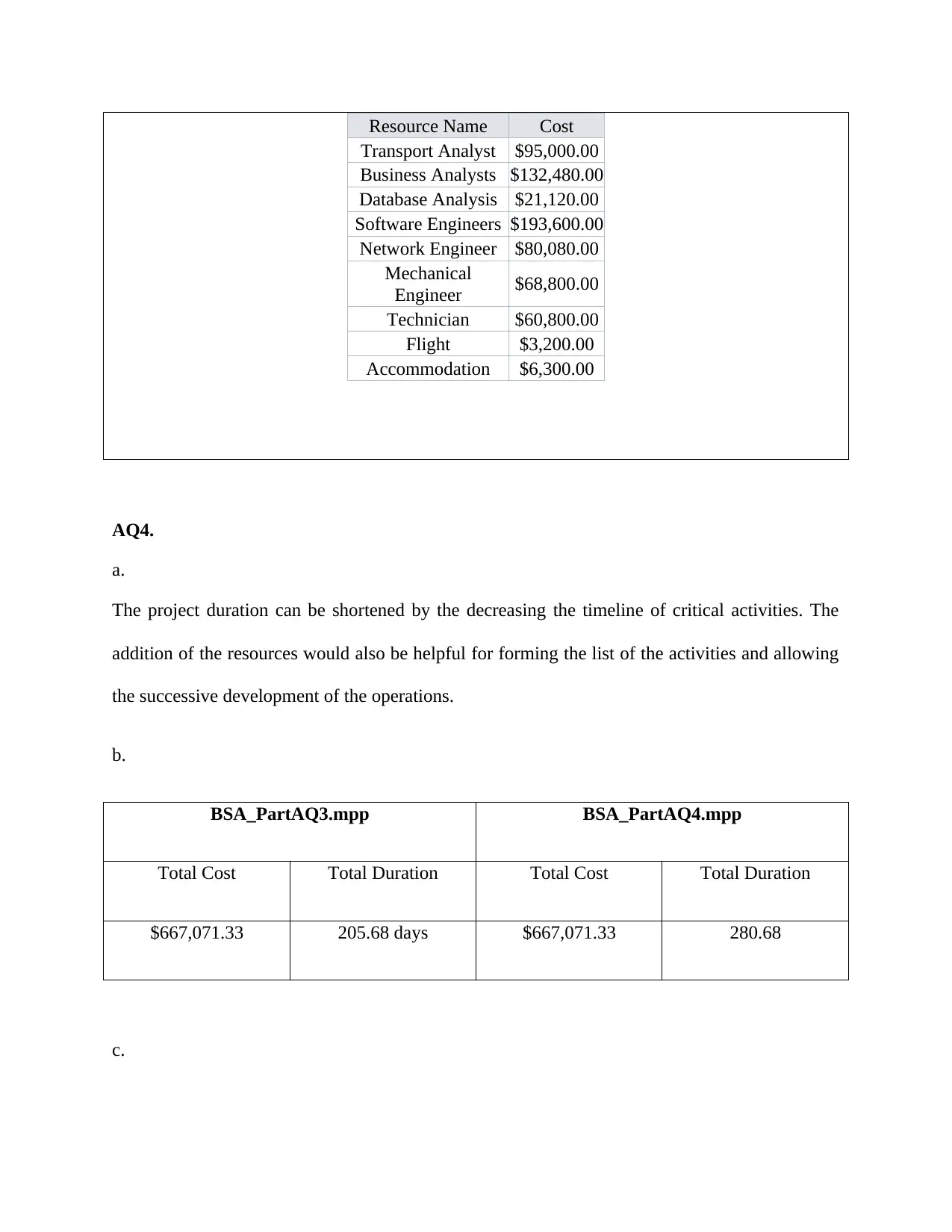
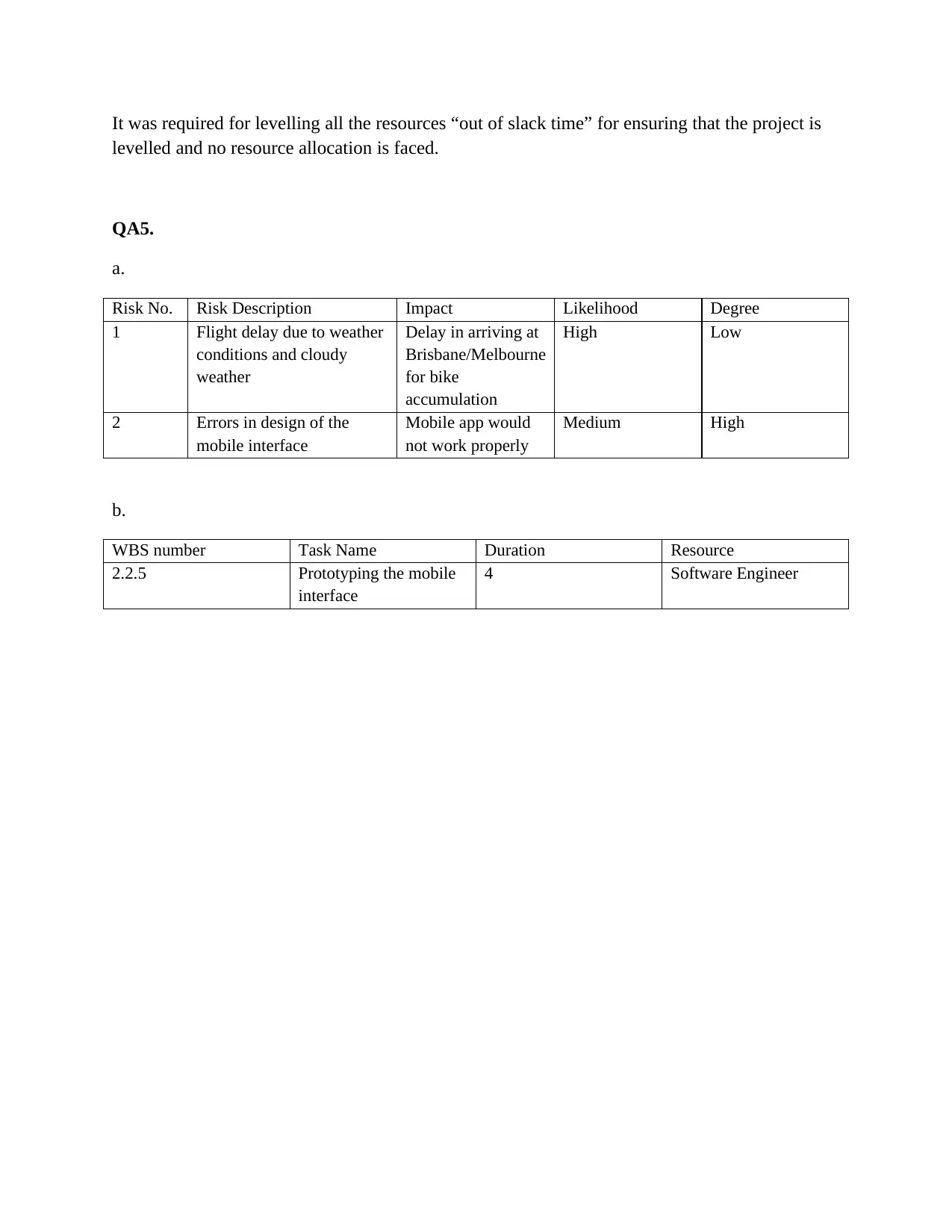
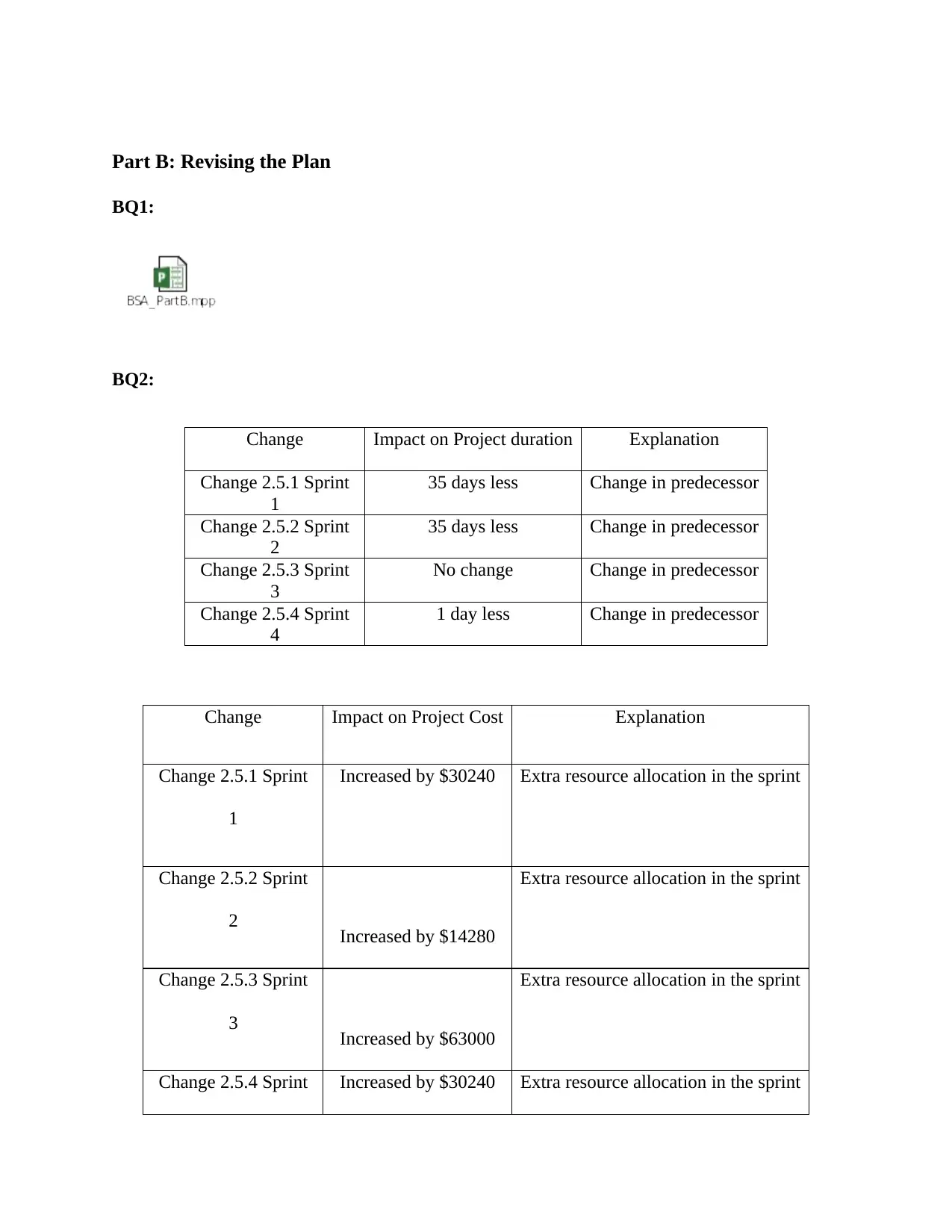






![[object Object]](/_next/static/media/star-bottom.7253800d.svg)